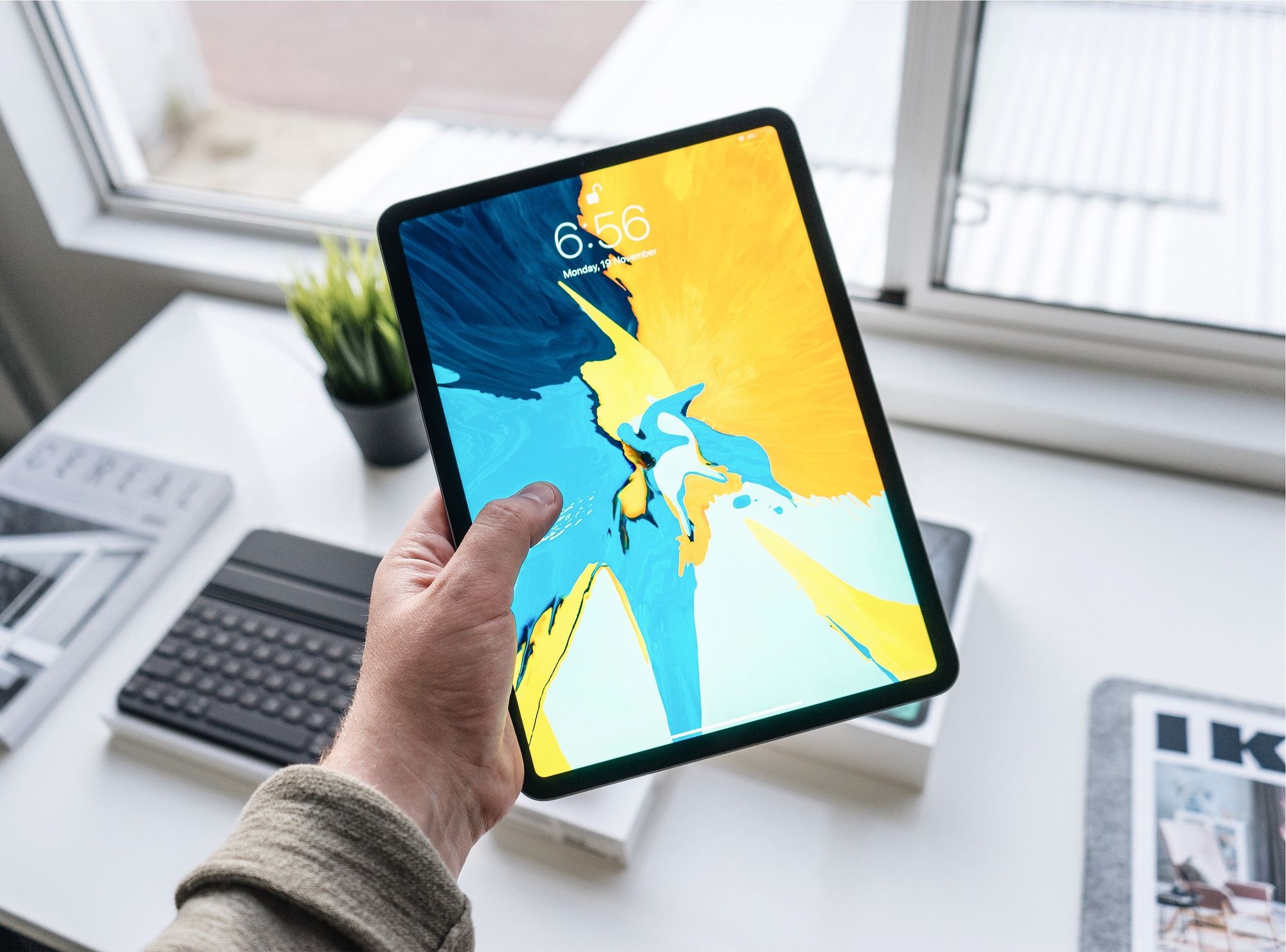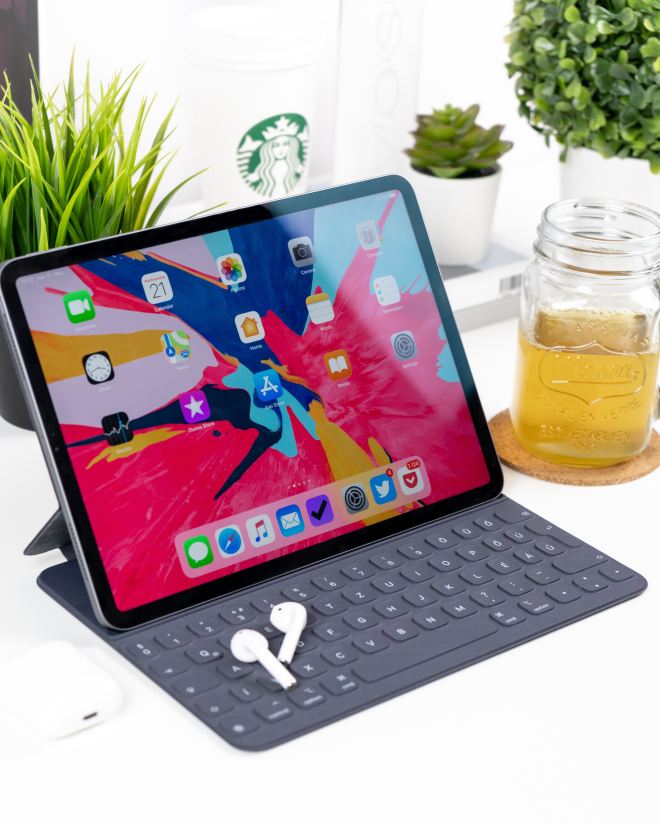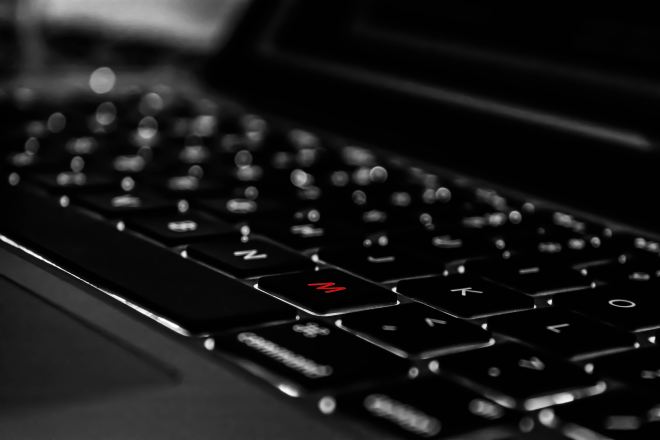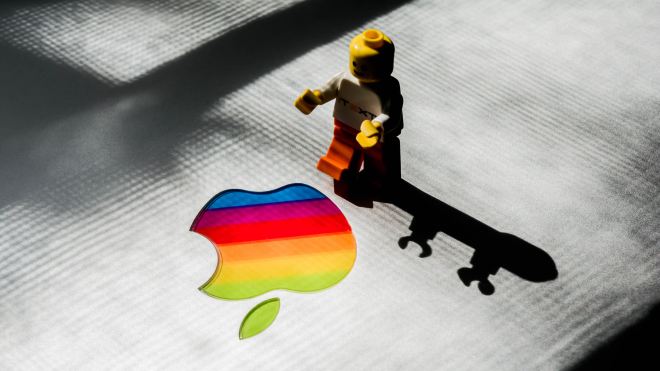Single-focus tasks = iPad, multi-focus tasks = MacBook

iPad Pro 12.9” vs MacBook Air (2018)Which is “better”and Why I carry both with me, most days…
A luxury of entrepreneurship is that I am fairly free to choose the device I want to work with. The Apple eco-system works well for me, hence I carry both an iPad, iPhone and a MacBook (Air) around on a daily basis.
It is silly really, my iPad Pro (12.9”) is mightily powerful and in many respects more versatile than my MacBook Air (2018), yet I still switch between both devices time and again. There are days in which I simply “feel like” working on my iPad instead of my MacBook, whereas on others I prefer a different experience.
Having worked on the iPad pro for a couple of months, I catch myself trying to grasp why that is.
The nature of my work
I run a consultancy business and travel frequently. The main reason I carry an iPad Pro with me is that I can do so much on it. It is easy to annotate a document, sign some papers on the go and the integration with my iPhone works like a charm (of course, they run the same iOS operating system).
My work is mostly communication. I use Slack, Evernote and Trello a lot, tools that are available on both MacOS and iOS. Sure, the user experience is somewhat different, but I can get most of my work done on both devices.

Hardware must fit to my output
I love to work on both devices. The hardware I use changes the perspective on my output significantly. It is strange really, when I read or write a piece of content the same text looks so different; let alone when I use my iPhone, of course. That is a whole different experience.
“Hence, it makes sense for me to create content on the device it is intended to be consumed on.”
I’ve tried to create social media content on my laptop, before posting it to instagram, twitter and youtube, but the engagement rates were never as good as the content I created on my phone.
My hypothesis is that content intended for smartphones looks and feels more authentic when it was created on a phone. The differences (in image quality and sound for example) might be subtle, but the time invest in professional production, does not exponentially improve my (media consumption) conversion rates.
The keyboard is a deciding factor
I am not sure if the operating system is the reason I tend to switch; the keyboard might be a more deciding factor. Apple get a decent amount of critique for their butterfly keyboards. The latest generations were not well received, but I like them a lot, though.
“The low amount of travel on the MacBook-Keyboard is a plus”
The fact that I like the keyboard might be due to the fact that I am one of “those people” who do not like to lift up their fingers when they type. When I get into my typing-flow, my fingers glide across the keyboard and I touch the keys in between as I press my fingers down to hit the next button. I hardly ever look down to find the right key and use the markers on the keyboard as a point of reference.

I get less tired typing on the MacBook Air’s keyboard, than on my iPad Pro. This is probably due to the fact that I need to press the keys fairly strongly on my iPad to get a response. The keys on the iPad Pro feel solid and are placed logically too, though. When it comes to writing short emails or passages of text, I do not have a clear cut preference for either one of the two.
Sound is a deciding factor, too. The butterfly keyboards a slightly louder. When I am in a conference call, I rather use my iPad than my MacBook to keep the noise level down. But when I write an article, I actually prefer the typewriter-style sound of my MacBook’s keyboard.
There are times I need to use my MacBook
The only time I prefer my MacBook is when larger datasets are involved. Even though I could use the touch based version of Tableau on my iPad, I prefer not to. It is a hassle to select the right variables and clean up data sets on an iPad, especially without a mouse or trackpad.
This is not something that I do on a daily basis, though. However I work with datasets every week (sometimes more, sometimes a little less). The fact that my work is so versatile and calls for different hardware ever now and again, makes it impossible for me to carry one single device with me when I travel; I would love to leave one of my devices at home for once.
Every morning, before I put on my shoes to leave the house, I stop to think about the possibly scenarios in which I could need one or the other device (more).
It is silly, really. To be honest I know that this is not a really big problem at all. I am sure that any other sensible human being would be happy to leave one of the devices at home during the day and deal with the things they were unable to do in the evening or the next day. However, I feel that we are so close to a solution to this challenge, that it continues to occupy me.
Single- vs Multi-Focus Tasks
> In essence, it boils down to the following: when I know that my day will (most likely) be filled with single-task chores (such as writing a text, slack calls or other communicative tasks), I use my iPad.
Even though it can do a lot, the iPad is not the greatest multitasking machine. I am simply faster on my MacBook when I deal with a variety of datasets, image material and other files.
> When it is foreseeable that I will need to work with a variety of files, MS Excel or Tableau, I carry my MacBook with me that day.
The only time I bring both, is when I have client meetings. Regardless of the distance I need to travel, I make sure to have both devices in my backpack.
Will hardware providers come up with a solution?
Definitely not…
When it comes to hardware innovations, the tech-giants out there are (probably) doing the best they can. Yet, the nature of their business is to keep many different product categories alive. I get it, that is the only way to ensure a steady income flow and lower the dependency on one product category.
Take Apple for example, they desperately need to find a good revenue source alternative to their iPhones. There are many great phones out on the market and the competition is brutal. New hardware innovations (foldable displays and wearables) will change the way we work and think about smartphones; something Apple is rightfully weary of.

Wearables and flexible screens
Wearables might be their best bet. Smart watches have become powerful enough to tackle complex communication tasks (such as: answering calls, sending emails and scroll through social media feeds). However, the screen real estate does not enable one to really work on the a smart watch. This might change with the introduction of flexible- and integrated screens.
“Royole Corporation and Samsung started to show off their skills at the most recent CES tech event. Have a look at the videos below if you are interested.”
I think there will continue to be a difference between the capabilities of laptops and tablet-pcs in the near future. But, I hope iOS and MacOS will merge at some point in the future. My use cases for my iPad Pro and MacBook Air (2018) might be personal, but I think that there are many people out there who face the same challenges.
I love both my gadgets… And my bag would feel a little empty (and lighter) if one of them would need to be left at home, “alone.”


